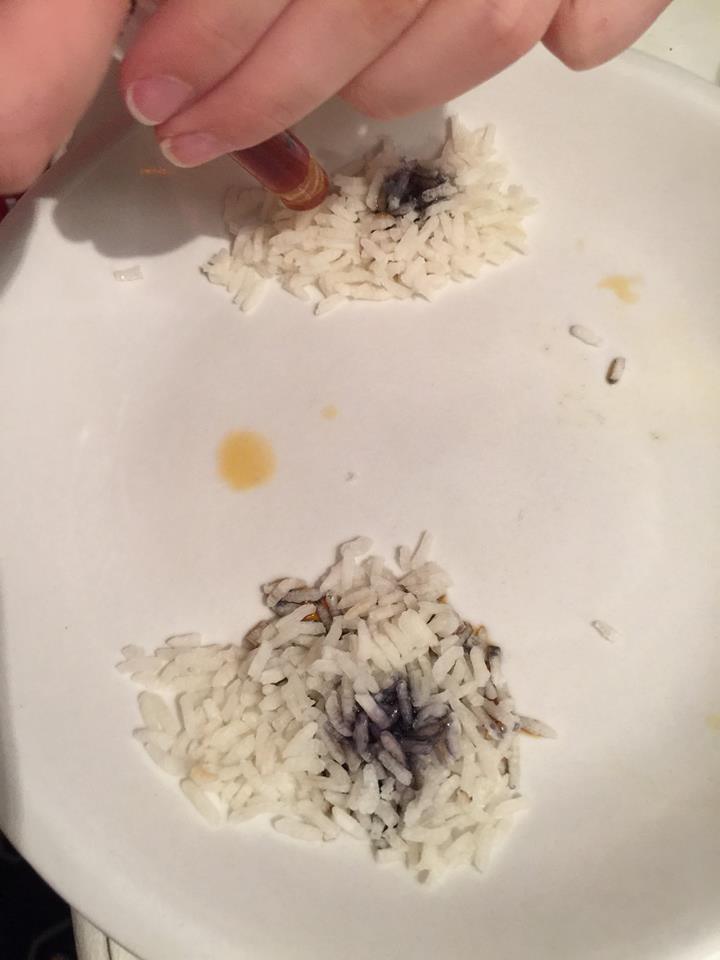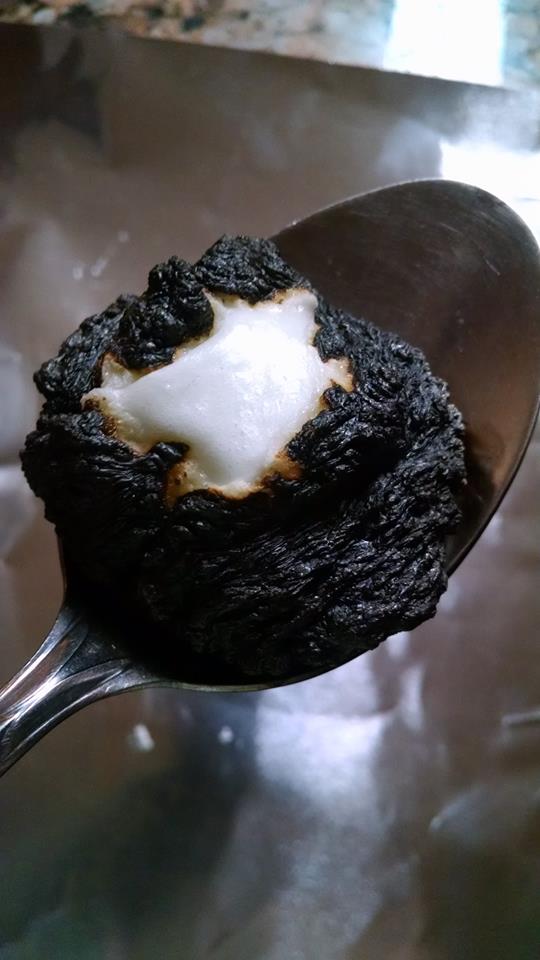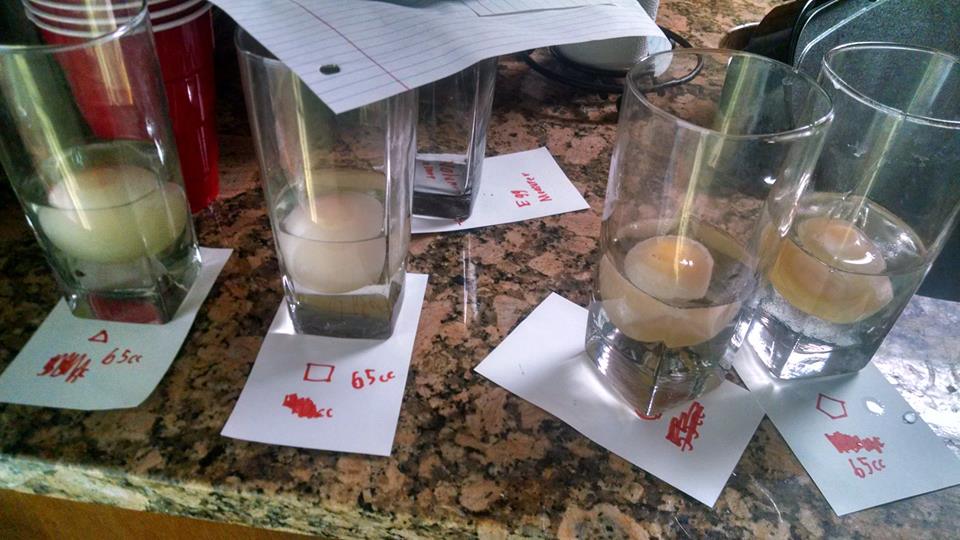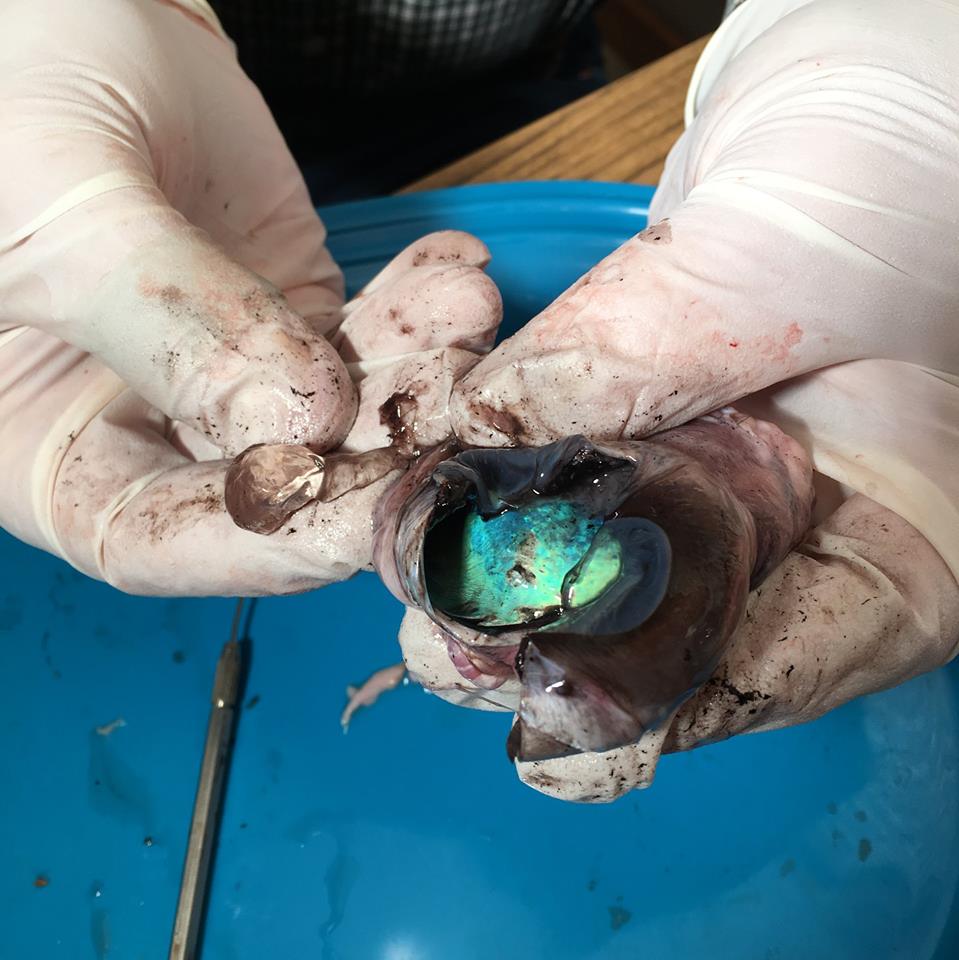Hands-on Labs in Friendly Biology
Friendly Biology is chock-full of meaningful, safe, hands-on labs which create a multi sensory experience for the learner. The labs are tightly correlated with the concept being presented in the lesson. Most of the materials and equipment needed to conduct the lab are found around the house or can be readily purchased at the local grocery store or hardware store.
Labs found in Friendly Biology include:
Growing a Pet Potato Plant
In Quest of Carbon: Marshmallow Incineration
Testing for the Presence of Amylose (starch)
Behavior of Lipids (fats)
Making Butter
Actions of Enzymes on Proteins
Testing pH using Red Cabbage or Blueberry Juice
Making Homemade Yogurt
Making Cheese
Osmosis using Chicken Eggs
Osmosis using Fresh Veggies
Creating a (functional) Cell Model
Using Homemade Playdough to create a Mitosis Model
Building a DNA “Ladder"
Growing Edible Mushrooms on Toilet Paper (supplies purchased separately)
Flower Dissection
Dissections of Fresh Specimens are presented by video (available separately) See Video Instruction tab for information.
List of Lab Supplies for Friendly Biology:
(Note that all lessons do not have an associated lab activity. Click here for pdf of this list).
Lesson 1
●Large flower pot or tub with holes in bottom, tray or saucer for below. Larger, the better.
●Potting soil (not soil from yard or garden) 1 cubic foot is plenty
●1-2 white potatoes (seed potatoes are ideal)
●Magnifying glass or lens
●Access to digital camera or phone with camera.
Lesson 2
●Metal teaspoon or tablespoon (one that is old is ideal, it may become unsuitable for use after lab)
● Safety candles or short tapers with candle holder or ability to affix candle in upright position
● Matches or lighter
● Marshmallows - 5-6 regular sized (one bag is plenty)
Lesson 3
● Lids from plastic containers - yogurt, sour cream, etc. 5-6 is ideal.
● Toothpicks or coffee stirrers
● Eye dropper or small syringe - disposable is fine
● Tincture of iodine - small bottle, can be purchased at drug store or pharmacy in first-aid section. This is poisonous. Keep out of reach of small children!
● Old newspapers or tablecloth to protect table surfaces (used many times)
● Small quantity (1-2 Tablespoons) of these powders: white flour, whole wheat flour, granulated white sug- ar, powdered sugar, cornstarch, baking soda, baking powder, table salt, corn meal.
● Small quantity of popped popcorn (plain with no added butter or salt.)
● Small quantity of breakfast cereal or uncooked oatmeal, instant is okay.
Lesson 4
● One-quart glass jar with lid
● Cooking oil - approximately 1 cup, any kind is okay.
● Food coloring - any color will work, a few drops is enough.
● One pint jar with lid - must be very clean.
● Heavy whipping cream - half-pint. Table cream is okay, but heavy whipping works best.
● Clean Tablespoon or wooden spoon.
● Soda crackers (one stick is enough)
Lesson 5
● Jello dessert packages - 3 boxes, any flavor but get all three the same flavor.
● Canned pineapple - chunked, one can
● Fresh pineapple - peeled and cored - may get from salad bar at restaurant or grocery deli, but must be fresh, not canned.
● Powdered meat tenderizer - small container
Lesson 6
● Grape juice OR red cabbage - either will work, grape juice may be prepared from frozen; red cabbage juice is prepared by boiling small quantity of fresh red cabbage. Instructions in text.
● White vinegar - at least 1 gallon (will be used in many labs)
● Citric acid - (Fruit Fresh) - small container
● Lemon juice - may be fresh or bottled, small quantity
● Milk - cow’s or other source is fine - 1 cup is plenty
● Ammonia - found in cleaning section of grocery store. Keep out of reach of small children!
● Clean pint jar with lid - may reuse one used in earlier lab. Must be very clean.
● Plain yogurt with active cultures - one-size serving is plenty
● Wooden or plastic spoon
● Low heat source like incubator, heating pad, hot water bottle
● Fruit (to be mixed into yogurt made in lab, your choice)
● Whole milk - one gallon
● Stock pot large enough to hold one gallon of milk
● Metal spoon or ladle
● Colander
Lesson 7
● Chicken eggs - at least four fresh eggs, not cooked
● Quart-sized jars - at least 5
● Styrofoam cups - 8-ounce size or larger, 4 cups
● Wax pencil or marker which can write on glass
● Graduated cylinder or large syringe (30 or 60 cc) which can measure in milliliters or ccs.
● Granulated sugar - at least five pounds.
● Corn syrup - white, one bottle.
● Fresh celery - one stalk is plenty
● Fresh carrots - one carrot is plenty
● Fresh potato - one potato is plenty
Lesson 8, 9, 10
● Model building supplies (notes in text explain this well)
Lesson 11
● Stickynotes or post-a-notes - 1 package is plenty
● Game die - 1
Lesson 12
● Toilet paper - 8 rolls, plain with no colors or fragrances, Scott brand is ideal.
●Access to refrigerator
●Mushroom TP growing kit (information found in text; may need to order early in order to have on hand when lesson arrives) Approximately $40.00.
Lesson 17
●Fresh flowers—1-2 per child, lilies, tulips or hibiscus are ideal.Sharp knife or scalpel blade to cut into flowers.
Lessons 21-27
●Dissection specimens—eyes or heart (optional)
PDF of Lab Supply List. Click here to access pdf.
BIOLOGY LAB REPORT TEMPLATE. Click here to access pdf.




